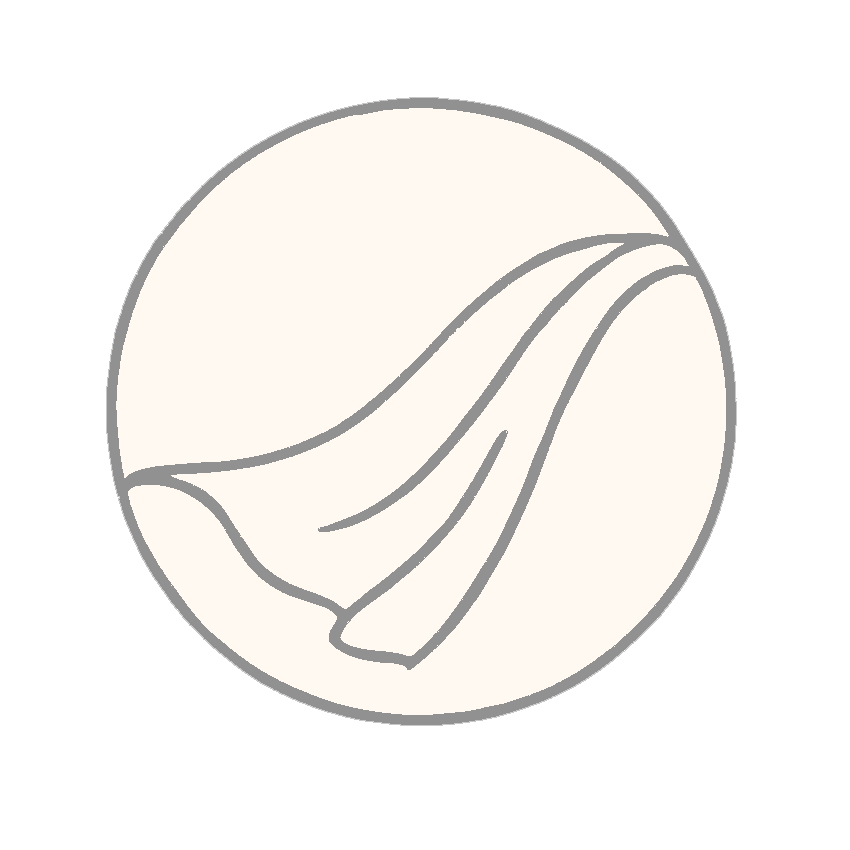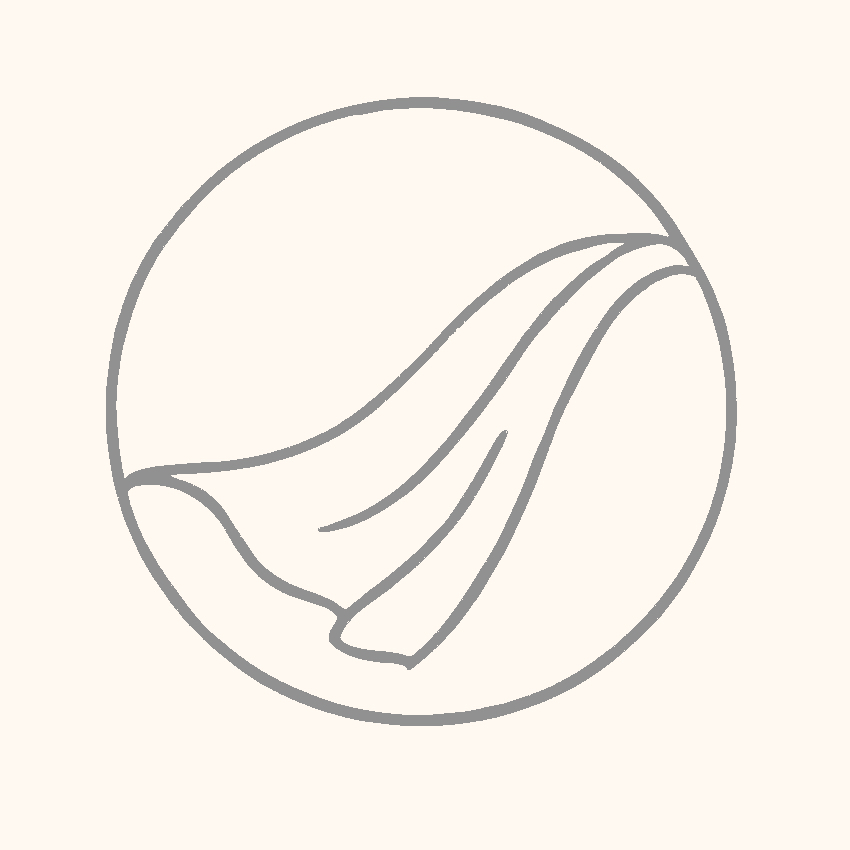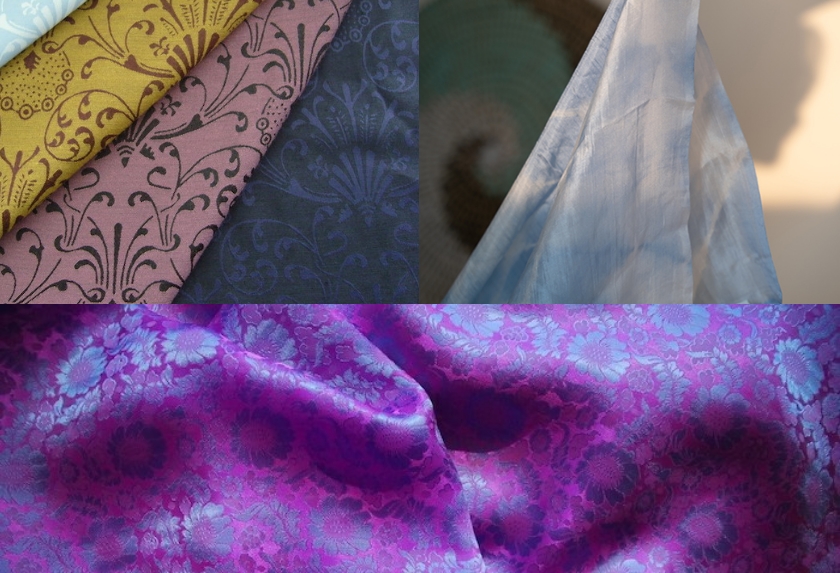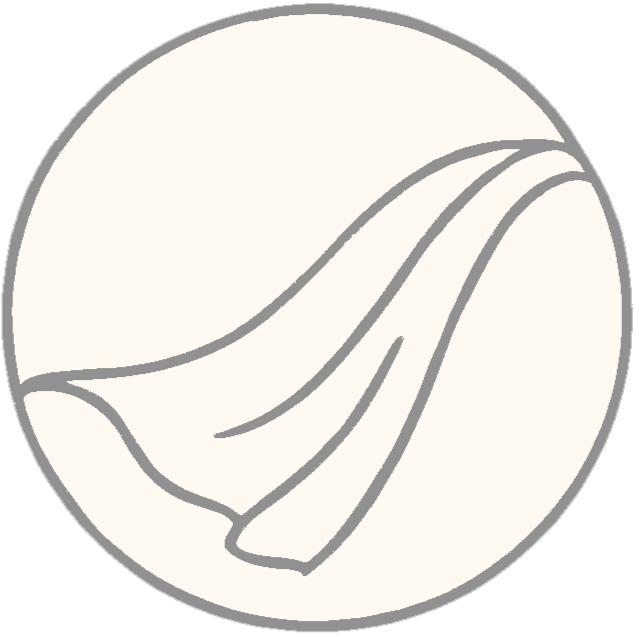The Most Sought-After Silk Fabrics of 2023
Silk fabric is a high-quality material that is very popular. This fabric is woven from natural silk fibers produced by silkworms. Silk has valuable properties such as softness, coolness, breathability, and good moisture absorption. Especially, silk has a sheen that brings beauty and luxury, which few fabrics can match. Silk fabric is widely used in the fashion industry.
With skill and talent, people have created many different types of silk. Today, Bá Minh Silk will compile various types of silk for you to choose the most suitable one.
Thick Base Silk Fabrics
Brocade: Thick and glossy like satin. The brocade base often features patterns, seals, or longevity characters in bright, vibrant colors made with metallic threads. A piece of brocade typically has multiple colors, commonly five colors: blue, red, purple, yellow, and white, or seven colors, known as five-colored or seven-colored brocade. Because both the horizontal (which creates the raised patterns) and vertical threads (which create the underlying base) are dyed, when illuminated, viewing from different angles will reveal varying colors. Brocade has a splendid and radiant beauty, so in the past, commoners were not allowed to use it; only emperors and officials could wear it. The emperor wore golden brocade adorned with two dragons facing the moon, while the ceremonial robes for officials were usually made from round flower brocade or silver flower brocade. There’s a saying: “Weaving brocade, embroidering flowers.”
Damask: Ranked second after brocade. Damask has a silk base, thinner than satin. It always features two styles of woven flowers on one piece: raised and flat. The raised flowers are smooth and shiny, while the flat ones can only be seen in the light. This unique feature of damask allows the inner garments to beautifully highlight colors when worn under a damask outer garment. Damask is commonly used to sew traditional dresses for festive occasions.
Thick fabrics with a high number of vertical threads include:
Linh (Lãnh): A fine thread with one glossy side and one matte side, created by raising the vertical threads during weaving to give a glossy finish. Solid black linh is very popular for making skirts and trousers for women. In addition to solid linh, there is also thick floral linh with subtle floral patterns, known as lime blossom linh. The most famous is the black grapefruit linh, which is smooth and shiny.
Đoạn: Woven similarly to linh but thicker, with more vertical threads than brocade. Notably, the vertical and horizontal threads are evenly raised, smooth, and glossy. Đoạn is used to make traditional dresses for men on formal occasions. Due to its thickness, people often wear silk-lined đoạn during colder seasons.
Vóc: A thin version of đoạn, featuring floral patterns woven with uniform-colored threads, used for worshiping deities or for royal garments. Vóc is often paired with brocade: brocade and vóc.
Thin Woven Silk Fabrics
The: A woven thread that is glossy and thin, with very few vertical threads, making it loose. The weaving structure has the vertical and horizontal threads spaced apart, creating a perforated pattern. There are many types of the: thin the, double the (thicker), and floral the. The is usually dyed dark for outer garments or left white for hot weather; the most famous is La Cả the. For common people, the is considered the most luxurious and widely used. The the used for ceremonial garments is called local fabric, often featuring special patterns like cranes, tigers, or rippling waves.
Sa, xuyến, băng are similar to the; they are thin, glossy, and durable. They do not lose their threads when washed, although each type has its own unique appearance.
Sa: Woven very thin, making it translucent, creating beautiful shimmering lines when worn over a white garment. Sa is thin and cool, often worn in summer.
There are plain sa and floral sa. Floral sa has many varieties, especially seven-colored sa and court sa, used to make royal robes in warm weather.
Xuyến (quyến): Similar to sa, it has fine, raised threads, thinner than plain the, and looks airy like a net due to the intermingling of thick and thin threads. Xuyến is more expensive than the.
Băng: Another type of thin, translucent fabric with sparse floral patterns, lighter than the.
Cấp: Thin, similar to the, with floral patterns.
Lượt: A loosely woven, thin, soft fabric, very soft, used for making scarves and garments.
Lương: Available in single and double layers, used for making traditional dresses and scarves.
Other Types of Silk Fabrics
Silk: Comes in two types: plain silk and floral silk, woven from fine silk threads to create a smooth, glossy surface with moderate thickness.
Là: Related to silk, woven from fine silk, featuring evenly spaced vertical lines. Often used for colored scarves or dyed for color-changing sections in garments.
Nhiễu: A type of silk woven from twisted threads, with a textured surface like modern crêpe, used for making scarves.
Kỳ cầu: A glossy silk with small floral patterns, smooth and uniform.
Đũi: Woven from the innermost silk of silkworm cocoons, slightly coarse but as thick and durable as nái. However, it is softer and smoother. Original đũi has a ripe yellow color from the silkworm cocoons. There are plain, floral, and longevity đũi. Đũi is rustic, breathable, cool in summer, and warm in winter, used for making trousers, shirts, and belts.
Sồi (chồi): Woven from raw silk, often used for making bibs, skirts, and bags.
Nái: Woven from threads pulled from the outer cocoon, resulting in a coarse texture with many hairs and bumps. Usually a deep yellow color, stiff but very durable. Nái is used for mak



